Italian etcher, archaeologist, designer, theorist and architect, Giovanni Battista Piranesi was one of the greatest figures of the 18th century.
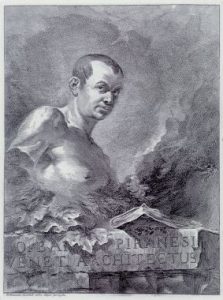
Image source: https://commons.wikimedia.org/wiki/Giovanni_Battista_Piranesi#/media/File:Felice_Polanzani_-_Giovanni_Battista_Piranesi.jpg
About His Life
Giovanni Battista Piranesi was born on October 4, 1720, in Venice. Initially, he learned to draw from his uncle, who was a designer and hydraulic enginee, but also studied scenography and perspective composition. At the age of 20, Piranesi moved to Rome, where he studied the ancient monuments of this city. There, he made original engravings on the theme of ancient and modern Roman landscapes, which brought him popularity. Later, he created a series of engravings of fantastic prison interiors. Then, at the age of fifty, he produced drawings and engravings of Greek architecture in southern Italy thanks to his interest in archaeology. During the expedition, health problems forced him to return to Rome, where he died at the age of fifty-eight.
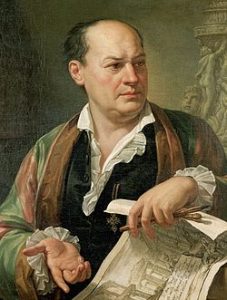
Image source: https://commons.wikimedia.org
Piranesi’s Major Works
He is best known for his Views of Rome (Vedute di Roma), with beautifully observed and deeply Romantic evocations of decrepit grandeur.
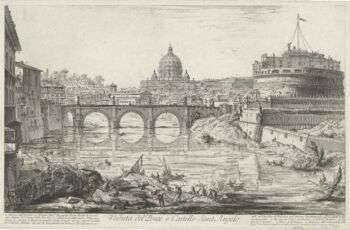
Image source: https://search.creativecommons.org/photos/e4df848b-8257-4328-aa4d-c8c10e506646
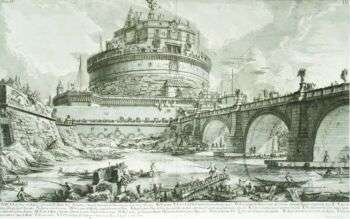
Image source: https://search.creativecommons.org/photos/5770209c-4cb6-4096-bbc5-d091e308c4e7 by Cea.
Additionally, he continued to produce plates for the Views of Rome series until 1778, when he died. The popular series overshadowed earlier Roman landmarks with its dynamism, vibrant lighting effects, and dramatic presentation. Goethe, who knew Rome from Piranesi’s engravings, was somewhat disappointed when he saw this city in reality.
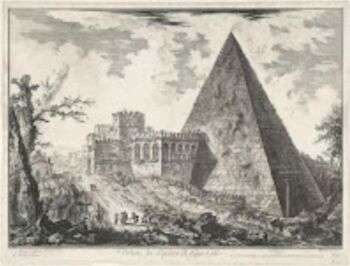
Image source: https://www.rijksmuseum.nl/en/collection/RP-P-1941-586
Carceri, a set of 14 copperplate engravings, is a series of labyrinths of prison interiors. In these prints, Piranesi explored the possibilities of perspective and spatial illusion, while at the same time pushing engraving to the limit.

Image source: https://search.creativecommons.org/photos/57aec126-787b-47af-b1f6-bd158d452d0c
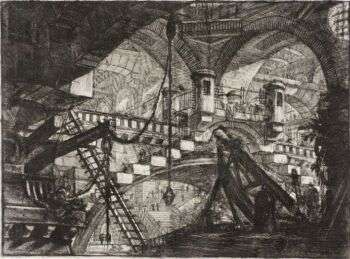
Image source: https://search.creativecommons.org/photos/8c9ec398-f833-4fc7-8a53-a98552a5688a
Features of His Style
- Perspective restitution methods in his etchings
- New artistic visions of the buildings that exist but in a different form
- Magical and mysterious views of Rome in a perfect combination of perspective, theatrical composition, and play of light and shadow using the chiaroscuro technique
- Pieced together facts and detail with incomparable levels of emotional expression
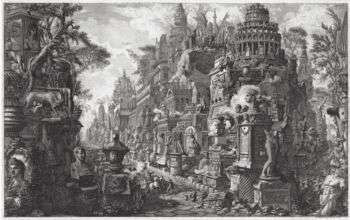
Image source: https://search.creativecommons.org/photos/4136512f-9b6e-4797-bc05-e7336ca6bbea by bianca.maggio
Info sources:
http://www.getty.edu/art/collection/artists/804/giovanni-battista–italian-1720-1778/
http://www.metmuseum.org/toah/hd/pira/hd_pira.htm
http://www.tandfonline.com/doi/pdf/10.1080/13602360802573868
